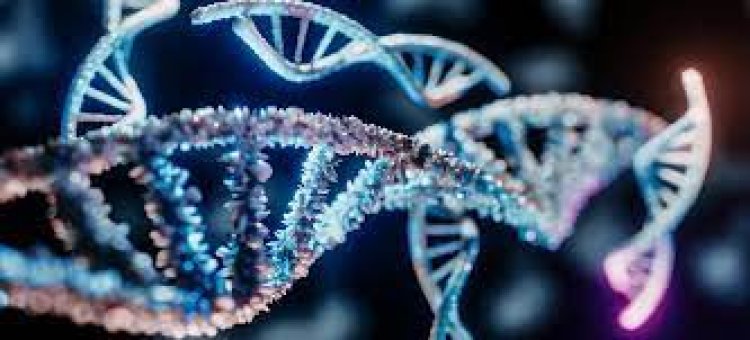Researchers unveil new tool that reveals gene behaviour in bacteria

Los Angeles, US: Bacterial infections are responsible for millions of deaths each year, with the global threat made severe by the increasing resistance of microbes to antibiotic treatments.
This is due, in part, to bacteria's capacity to switch genes on and off when they detect environmental changes, including the presence of drugs.
Such switching is accomplished through transcription, which converts the DNA in genes into its chemical cousin in mRNA, which guides the building of proteins that make up the microbe's structure.
Understanding how mRNA production is regulated for each bacterial gene is central to efforts to counter resistance, but approaches used to study this regulation to date have been laborious. According to a new study, scientists revealed a trick that may speed such efforts.
According to the study authors, organisms from bacteria to humans grow as their cells multiply by dividing, with each cell becoming two. Before cells divide, they must copy their DNA such that each of the two daughter cells has a copy. To do so, a molecular machine called DNA polymerase ticks down the DNA chain, reading and making a copy of each gene one by one.
Publishing online Jan. 24 in the journal Nature, the study adds to explanations of how gene expression throughout the genome is shaped by DNA replication during bacterial growth.
Specifically, the research team found that when DNA polymerase arrives at any specific gene, it disrupts the transcription in a way that reveals the state of that gene's regulatory status.
"Our study results show that the constant replication of genes during the cell cycle as the bacterial cells reproduce and grow can be exploited to learn about many aspects of how genes are regulated," said study lead investigator Andrew Pountain, PhD, a postdoctoral research fellow at NYU Langone Health and its Institute for Systems Genetics.
"We like the analogy of the electrocardiogram in medicine," said Itai Yanai, the senior investigator of the study and professor at NYU Langone's Institute for Systems Genetics.
By monitoring patterns of electrical activity in the heart, the ECG reveals a series of waves that provide a detailed, graphical view of a patient's cardiac health. Similarly, waves of changes in the abundance of mRNA in response to a gene's replication produce a signature on a graph, which the authors termed the transcription-replication interaction profile, or TRIP.
The researchers showed how specific waves can be linked to certain features. For example, whether a gene is under a specific form of control, known as repression, where a protein blocks that gene's mRNA from being made. These repressed genes were found to have characteristic, spiked TRIP patterns.
"Our aim is to understand how gene regulation shapes these TRIPs, with a goal of using them to diagnose gene regulation across the entire set of thousands of genes in the bacterium," added Yanai.
"We hope that our further investigations of gene expression profiles will offer insight into how groups of genes respond to disruptions or changes in their environment."















































